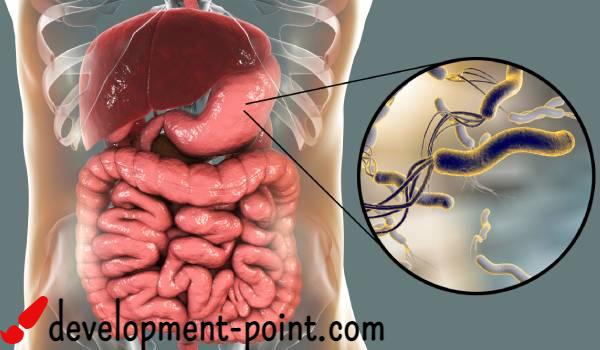Causes of jaw spasm and treatment in different ways and exercises
Jaw spasm is a painful condition that causes pain and inflammation in the jaw muscles, causing the inability to open the mouth as usual, and thus many problems such as affecting speech and difficulty eating and swallowing, and in this article we will learn about the causes of this spasm, its symptoms and how to treat it.
Causes of jaw spasm
There are a number of reasons that lead to this spasm, and we mention some of them as follows:
1. Jaw injuries
This spasticity may occur as a result of jaw injuries, such as broken jaw bones or tissue damage after dental surgery, temporomandibular joint trauma, injury to the chewing muscles, or a hematoma.
2. Infections
Some diseases that cause inflammation affect the temporomandibular joint, causing spasm and jaw pain, and these diseases include rheumatoid arthritis, osteoarthritis, and scleroderma.
3. Dental surgeries
Exposure to dental surgery may cause the mouth to open wider than usual, resulting in a spasm of the jaw bones, and the extraction of wisdom teeth may cause stomatitis, which causes jaw spasm.
4. Infection
Some infections, such as mumps, tetanus, tonsillitis, or an abscess around the tonsil, can cause jaw pain and spasm.
5. Cancer
Cancers in the head, throat or neck may affect the function of the jaw bones, and radiation treatment for these cancers may cause jaw pain and spasm.
Symptoms associated with jaw spasm
The inability to open the mouth as usual is accompanied by the appearance of some other symptoms, such as:
- Jaw pain even when not moving.
- Difficulty chewing food, brushing teeth, and other practices that require opening the mouth.
- Difficulty swallowing certain types of food.
- headache;
Jaw spasm complications
Failure to relieve the pain and spasm of the jaw, or take the necessary medications to treat it, may lead to some complications, including:
1. Effect on oral hygiene
The inability to open the mouth in the usual way affects the health and hygiene of the mouth and teeth, which leads to bad breath and tooth decay.
2. Difficulty eating
The inability to chew and swallow, causes some problems such as dehydration and malnutrition, and to avoid this, you can eat foods that are easy to swallow.
3. Infection
Jaw spasm may cause some types of infections, such as cellulitis, a type of skin infection as a result of infection, and its symptoms are redness of the skin and a feeling of heat in the affected area, pain and swelling.
Jaw spasm treatment
There are a variety of treatments that relieve this spasm, whether home remedies, medications or lifestyle changes, and the following are the most prominent of these treatments:
1. Medicines
The doctor prescribes medications depending on the severity of the symptoms. He may prescribe medications that are taken orally or through injection. These medications help reduce inflammation and pain, such as muscle relaxants and nonsteroidal anti-inflammatory drugs.
2. Warm water compresses
Putting a towel moistened with warm water for 15 minutes every hour helps to relax the muscles and improve blood flow.
3. Take magnesium pills
Magnesium is one of the minerals necessary to relieve pain, and this was confirmed by a study conducted in 2020, that taking magnesium pills before and after dental surgery reduces the severity of symptoms resulting from surgery, such as spasm of the jaw muscles.
4. Diet changes
We mentioned in the article that one of the most prominent symptoms of jaw spasm is the inability to chew certain types of food, so you can eat foods that do not require chewing, such as soup, mashed potatoes, yogurt, steamed vegetables and oats, in addition to reducing caffeine intake, which causes bone shrinkage. The jaw, and when it is stopped for some, may cause a feeling of anxiety, which in turn causes jaw cracking, and to treat this, the quantities that are eaten can be reduced.
Jaw spasm exercises
There are some exercises that can be tried, which help to treat the spasm of the jaw muscles and relieve the pain associated with it, taking care to massage the jaw bones in a circular motion for 30 to 40 seconds, which helps to relax the jaw bones, and here we explain how to perform these exercises:
- Open the mouth as much as possible, then wait in this position for 10 seconds, then close the mouth, and repeat this exercise for 5 times.
- Open the mouth as much as possible, then move the jaw to the right, then close the mouth and repeat this exercise 5 times, then repeat the exercise to the left.
- Tighten the neck by moving the head forward and back, then from right to left, tilting the head with pressure on the ear towards the arm, and waiting in this position for 20 to 30 seconds before moving to the other side, and repeating the exercise 5 times for each side.
After identifying the causes, symptoms and treatment of jaw spasm, it is necessary to consult a specialist doctor, when feeling the symptoms that we talked about in the article, in order to avoid any serious complications.

